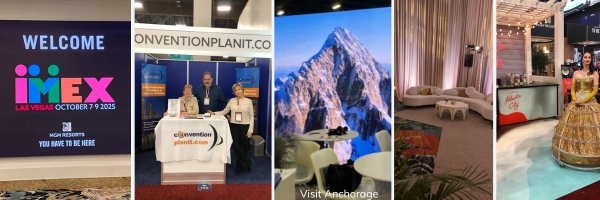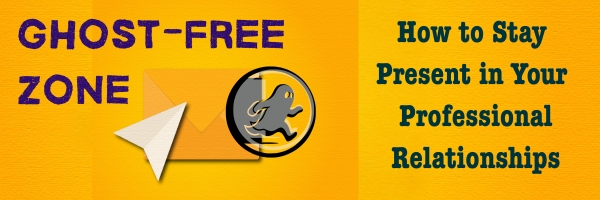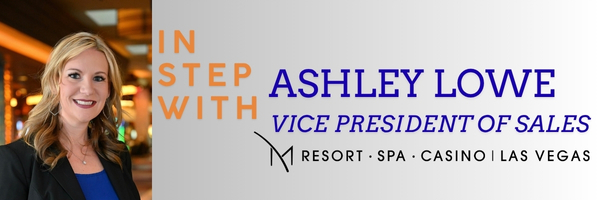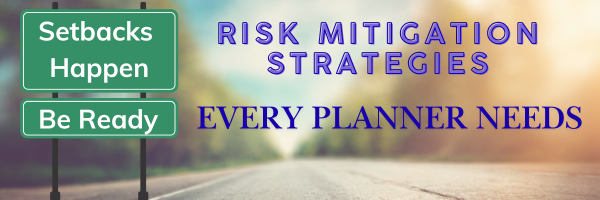
Gratitude feels easy when life is calm — when the inbox is under control, projects are on track, and there’s room to breathe. But for most professionals today, those moments are rare. We’re navigating long days, short timelines, and the constant hum of “too much.” In that kind of environment, gratitude can feel like one more thing on the to-do list — a performance of positivity that doesn’t quite fit the mood.
But that’s exactly why it matters
Gratitude, when practiced honestly, isn’t about denying exhaustion or pretending that overwork feels good. It’s about noticing what’s still working within the chaos — the coworker who offered help without being asked, the project that finally moved forward, the client who showed grace when plans changed. It’s not glossy or grand. It’s grounded.
There’s a misconception that gratitude means looking for silver linings or minimizing stress. In truth, it’s more about awareness — recognizing the small moments of stability that hold us up when everything else feels unstable. Gratitude says, “This part is still solid.” It helps us find center when balance is impossible.
That shift matters in today’s work world. When we’re always on, gratitude becomes a pause button — a moment to breathe, reflect, and reorient. It’s not a productivity tool; it’s a perspective reset.
You don’t need a journal or a list of “three things I’m thankful for.” What makes gratitude sustainable is keeping it simple and specific:
– Micro-recognitions: End your day by noting one thing that went right — however small.
– People first: Send a quick thank-you or message of appreciation without an agenda.
– Reflect backward: Instead of focusing on what’s unfinished, recall what moved forward this week.
– Self-gratitude: Acknowledge your own effort. Gratitude for yourself counts, too.
True gratitude doesn’t cancel out the hard stuff; it lives alongside it.
You
can be grateful for your team and still wish you had fewer meetings. You can
appreciate your job and still want more balance. Gratitude loses its power when
it demands perfection — it regains it when it makes room for honesty.
So this November, skip the pressure to feel thankful for everything.
Be thankful within everything. Notice what sustains you — the people, the progress, the purpose behind the long days. That’s where real gratitude lives: not in the polished moments, but in the messy middle.
Gratitude without the gloss is the kind that lasts.
It’s quiet, grounded, and human. And in a world that constantly asks us to do more, maybe the bravest thing we can do is pause long enough to say, “I see what’s still good — and I’ll hold on to that.”












